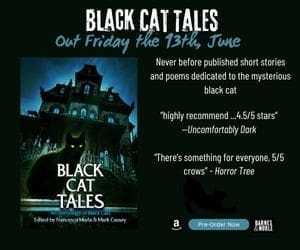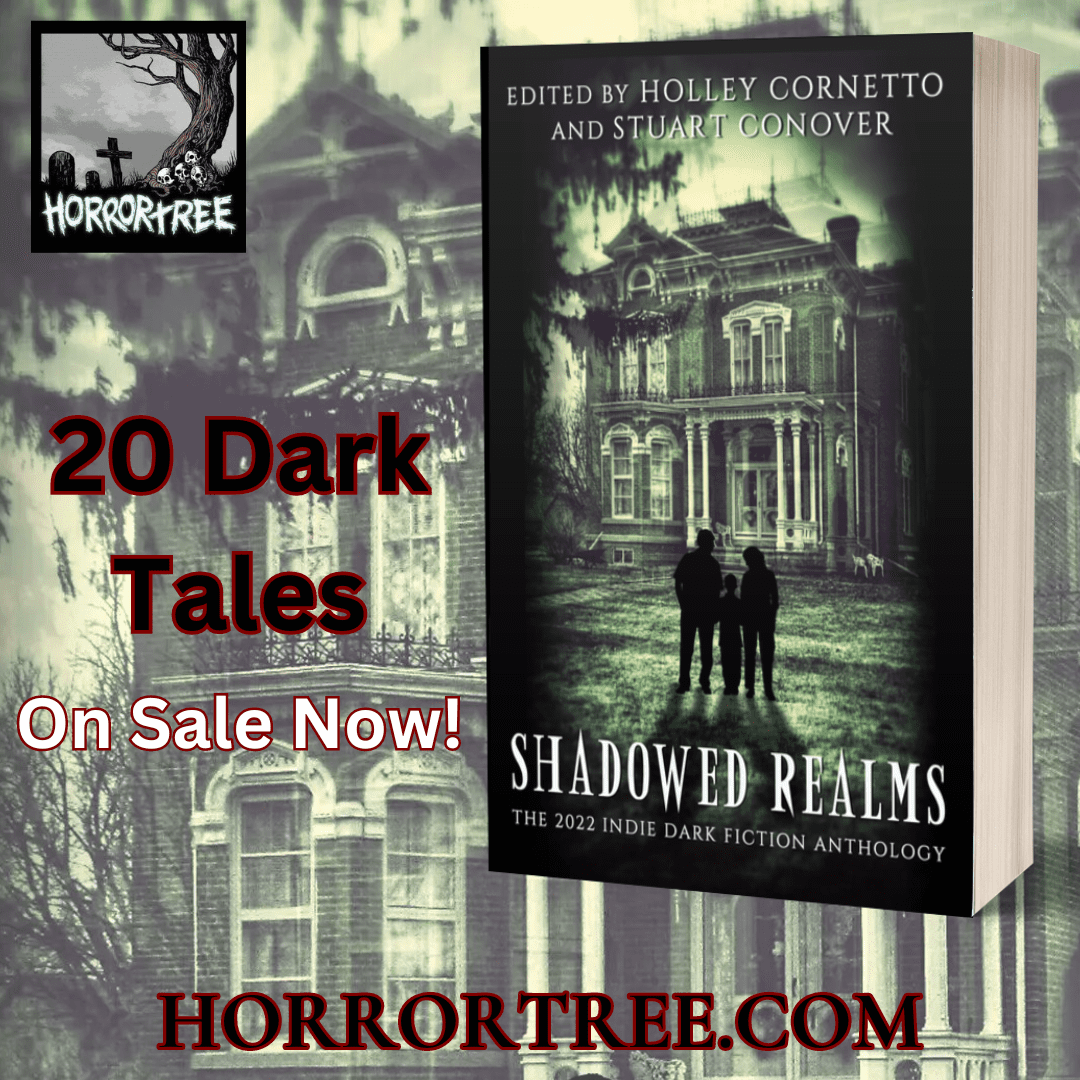The Development of a Trope By James L Hill
The Development of a Trope
By James L Hill
Vampires have haunted the mind for millennia. The Mesopotamians, Hebrews, Greeks, and Romans all believed in blood drinking demons, the precursors to modern vampires. Probably because blood is the one thing everyone recognizes as essential for life. It is irreplaceable. I was born with a fever, the doctors wanted to do a full transfusion, and my father refused. His reasoning, “no way you can take all the blood out of my boy and put it back in.”
This is the first trope of the vampire story, they need blood to survive. Working off this main idea, blood will reconstitute the vampire. They gain control of their victims through the blood. They slowly suck the blood, gaining power over the person’s will until one night they completely drain them. The victim dies to rise as a vampire and slave to their master.
In 1656 a man from Istria (Croatia) was the earliest person identified as a vampire. Jure Grando was buried in the village of Kringa in 1656. He was then seen wandering the village with a dead sheep on one shoulder and a black cat on the other. He terrorized the villager for 16 years with midnight visits, sleeping with their women, causing death. Finally, the villagers dug up his grave and beheaded the still fresh body. In Istria he was known as a Strigoi.
The first modern vampire story, The Vampyre, was written by John Polidori, Lord Byron’s physician, during the now famous writing contest that brought us Mary Shelley’s Frankenstein in 1819. The most famous vampire, Dracula, was written by Bram Stoker in 1897, 78 years later. Dracula was based on Vlad the Impaler, a blood-thirsty ruler who ate his dinner surrounded by his enemies impaled on spikes in his courtyard. The weight of their bodies would slowly drive the spikes up through their bodies, a very long and painful way to die.
A lot of the lore of vampires comes from the Dracula story. And mostly, builds on the idea a vampire is an evil spirit. They don’t have a reflection because vampires don’t have souls. And mirrors were made of silver; a metal known for its purity. Vampires are repelled by garlic. Because of its strong smell which would be an afront to vampires’ heightened senses. Garlic has long been thought to ward off evil spirits. It also contains allicin, a powerful compound that kills bacteria and viruses. The blood disorder called porphyria causes symptoms associated with vampires, pale skin and sensitive teeth. Garlic worsens those symptoms in people with porphyria, leading to the belief in vampires and their aversion to garlic.
A modern trope is vampires are destroyed by sunlight. They burst into flames when prolonged exposure occurs. Sunlight was not a deadly obstacle to Bram Stoker’s Dracula. His powers were merely greatly reduced during the day, turning him into an ordinary man.
The fatal effects of sunlight came from the movie, Nosferatu, released in 1922. It was based on Dracula, but he was depicted as an ancient creature. He burned to death when he failed to leave the woman he was drawn to at sunrise. Subsequently, vampires being creatures of the night, undead, and required to return to the dirt they were buried in cannot survive daylight. As we know, sunlight has ultraviolet rays. Aside from causing sunburn, it kills bacteria and is used to purify water.
The strangest myth is vampires cannot enter a house without being explicitly invited by the residents. A part of the explanation is a man’s home is his castle. It is his sanctuary from the outside world and the evil that exists out there. Religious reasoning is the vampire represents temptation, and a person needs to give in or invite the evil into their life. Another aspect of this limitation is the vampire always seduces the woman first. She is weak and can’t resist the carnal desires of her heart.
Then there is the idea that a vampire can only truly be killed by driving a wooden stake through its heart. A very funny scene in Hotel Transylvania is when Jonathan Loughran is asking Count Dracula if all the legends are true. He asks if a stake through the heart would kill him. Dracula response, “Com’on that would kill anybody.”
But it was a belief that the only way to keep a vampire in its grave was to use a wooden stake and nail it to the ground. Some graves have been unearthed with corpses with stakes in them. Another method, less gruesome, was to bury the person suspected of being a vampire faced down in the grave. The idea being that the vampire will dig deeper and deeper into the Earth never to return to the world of the living.
For my first horror novel, I decided to write about vampires. The House of Sun and Shadow keeps some of the tropes alive but using science and magic more than religion. I also wanted to show that evil is sometimes thrust upon us and is not a flaw in a person’s character. The novel should be out next year.













